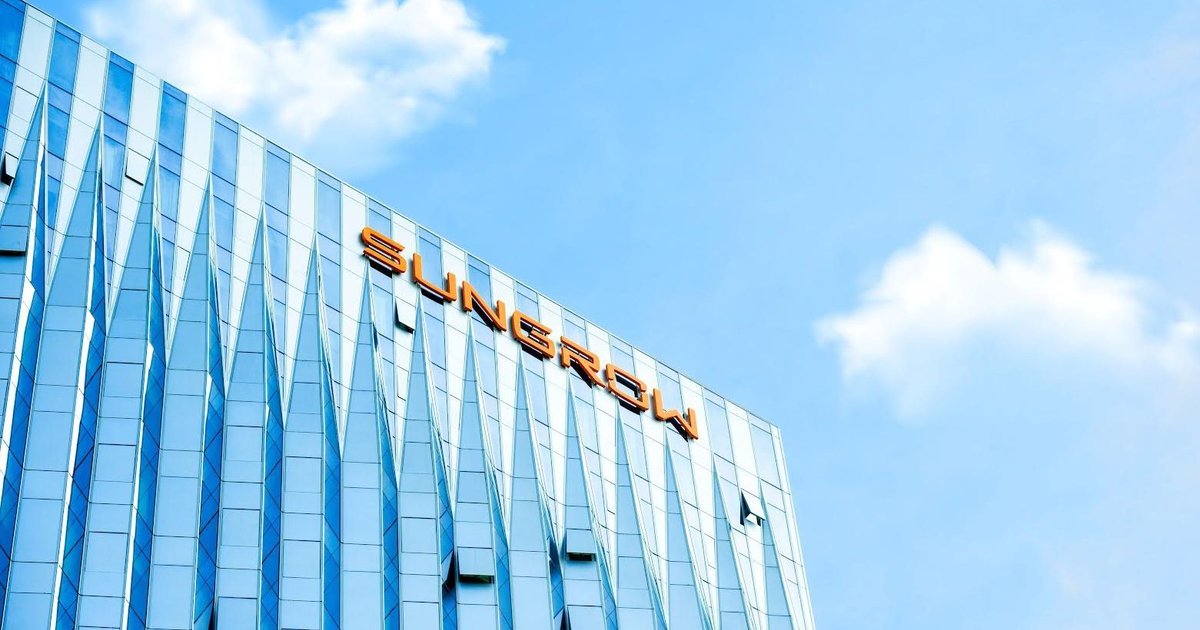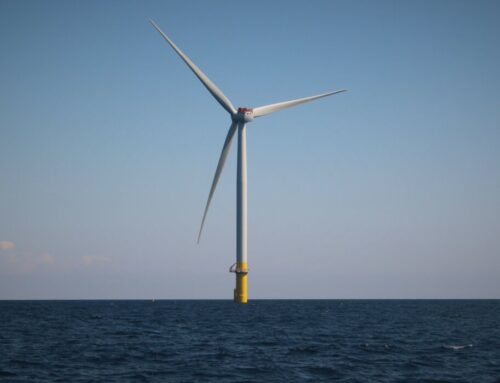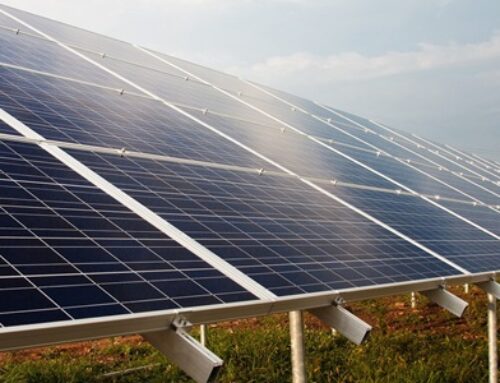Tech Innovations Drive Sustainability in the Energy Sector
November 29, 2024

It’s no secret that the energy industry is at a crossroads — where the traditional energy landscape and technology, which is already transforming it, meet.
This comes as the world grapples with the urgent need to combat climate change, with industry leaders turning to innovative solutions that not only meet the growing demand for energy but also pave the way for a more sustainable future.
At the heart of this transformation lies renewable energy sources. Solar, wind, hydro, geothermal… advances in these areas have emerged as cornerstones in the pursuit of sustainability.
“We see a growth in innovation led by the needs of the customers and the market,” says Sungrow’s Anastasios Gkinis, who manages the company’s operations in the UK, Southeastern Europe and CIS. As an experienced professional in renewables and construction across a broad and diverse region, he notes that although the renewable picture varies drastically from place to place, renewables are becoming increasingly accessible thanks to reduced costs.
The International Energy Agency (IEA) reports that investments in low-carbon technologies — an umbrella that encompasses the likes of renewable energy sources — reached a staggering US$1.1tn in 2022, with its latest research stating this figure must reach US$4.5tn per year by 2030 to limit global warming to 1.5°C. Despite the fact that significant progress must be made to reach this lofty goal, these findings underscore the collective and global commitment to sustainable energy solutions.
Leveraging technology for energy sector sustainability
The energy transition and upscaling of renewable sources is not just about adopting new technologies but represents a fundamental shift in how energy is produced and consumed.
As Anastasios explains, the fast pace of the renewable industry — specifically solar — is apparent wherever you are in the world.
“Every market has different needs,” he explains. “For example, the UK is focusing on energy storage systems (ESS) and in Greece, it’s about PV. Our job is to be there, follow this and support.”
It’s evident that the integration of renewables into our energy mix is essential for reducing carbon emissions and moving away from fossil fuels.
One such technology, ESS, is transforming the energy landscape by enhancing grid stability, reducing costs and facilitating the integration of renewable energy. By storing excess energy during low demand for use during peak times, ESS allows for the balancing of supply and demand.
With intelligent control systems utilising IoT and AI, these technologies optimise energy management and efficiency. Across energy and beyond, ESS is deemed crucial for achieving a sustainable energy future, reducing reliance on fossil fuels, and promoting resilience in energy infrastructure.
Eric Dresselhuys, CEO of the aptly-named ESS Inc., emphasises that ESS — both his company and the wider technology — play a critical role in enabling the transition to a renewable-powered, reliable and decarbonised electricity grid thanks to long-duration storage innovation.
ESS Inc.’s iron flow battery technology uses iron, salt and water as its core electrolytes, creating safe and cost-effective solutions with a non-complex supply chain by utilising some of the most abundant and widely-processed materials in the world. By developing a non-lithium long-duration energy storage technology, ESS Inc. helps address the challenge of the intermittency of renewable energy sources like wind and solar.
“We use the tagline ‘green base load power’ as, in the world of energy, base load power is a totally reliable, always there thing,” Eric explains. “But for longtime energy industry veterans, the idea of green base load power is almost an oxymoron because the base load power often reminds people, like those in the UK, of coal power.
“But what if you could take the combination of wind and solar with batteries and create a 24/7, reliable green base load power system? That’s the problem we solve with our iron flow battery.”
This is a prime example of how technology is supercharging existing infrastructure and evolving it to cater to future demands.
Driving energy’s sustainable future
The global focus on sustainability while meeting increasing demand is one of the main motivators accelerating the industry’s growth.
Eric highlights the necessity of a paradigm shift in energy storage to ensure a secure energy future.
“As we’re decarbonising the existing energy system and transitioning from coal and natural gas, for example, against a context where we’re going to electrify all of transportation, electrifying buildings.
“Generative AI is hungry, as is the general population, for power. The meta challenge is that it’s not about just taking the current system we have and making it carbon free — we have to actually totally rebuild the electricity system, something that’s two-and-a-half to three times the size of the current electricity system globally. It’s mind boggling. And we have to do that without carbon. It’s time to get to work.
“You can’t just be a one-trick pony or solve one problem. In our case, our product is one component of an overall solution set for decarbonisation. We connect with those who make solar panels, wind turbines and electrical equipment like transformers and inverters, as well as software providers who help orchestrate all of the behaviour. This all has to come together and evolve as an industry.
“It’s important to note that this new technology is changing the paradigm of how we think the grid operates.”
Similarly, Sungrow is advancing renewable energy solutions through its expansive R&D efforts.
He says: “40% of Sungrow’s employees are focused on R&D. If you’re a leader in the market, you need to be prepared and to grow along with the niche of the market.”
Both leaders underscore that collaboration and regulation play pivotal roles in ensuring the sector puts its sustainable foot forward.
For example, ESS is working on projects like Schiphol Airport’s transition to a green energy system, which replaces diesel generators with sustainable energy solutions. At the same time, Sungrow’s advancements in ESS and PV technologies are setting new benchmarks for efficiency and scalability in renewable energy projects worldwide.
By addressing today’s pressing energy challenges, the groundwork is being laid for a cleaner, greener and more resilient energy future. To make this happen, Eric emphasises the need for people, as well as technology.
“To attract talent to the energy transition is, I think, the biggest key,” Eric says. “There are people who really want to feel a connection to the mission of what is the biggest challenge that we face — addressing global climate change and decarbonising the energy system.
“This is how you can make a big impact.”
To read the full story in the magazine click HERE
Explore the latest edition of Energy Digital Magazine and be part of the conversation at our global conference series, Sustainability LIVE.
Discover all our upcoming events and secure your tickets today.
Energy Digital is a BizClik brand
Search
RECENT PRESS RELEASES
Related Post




